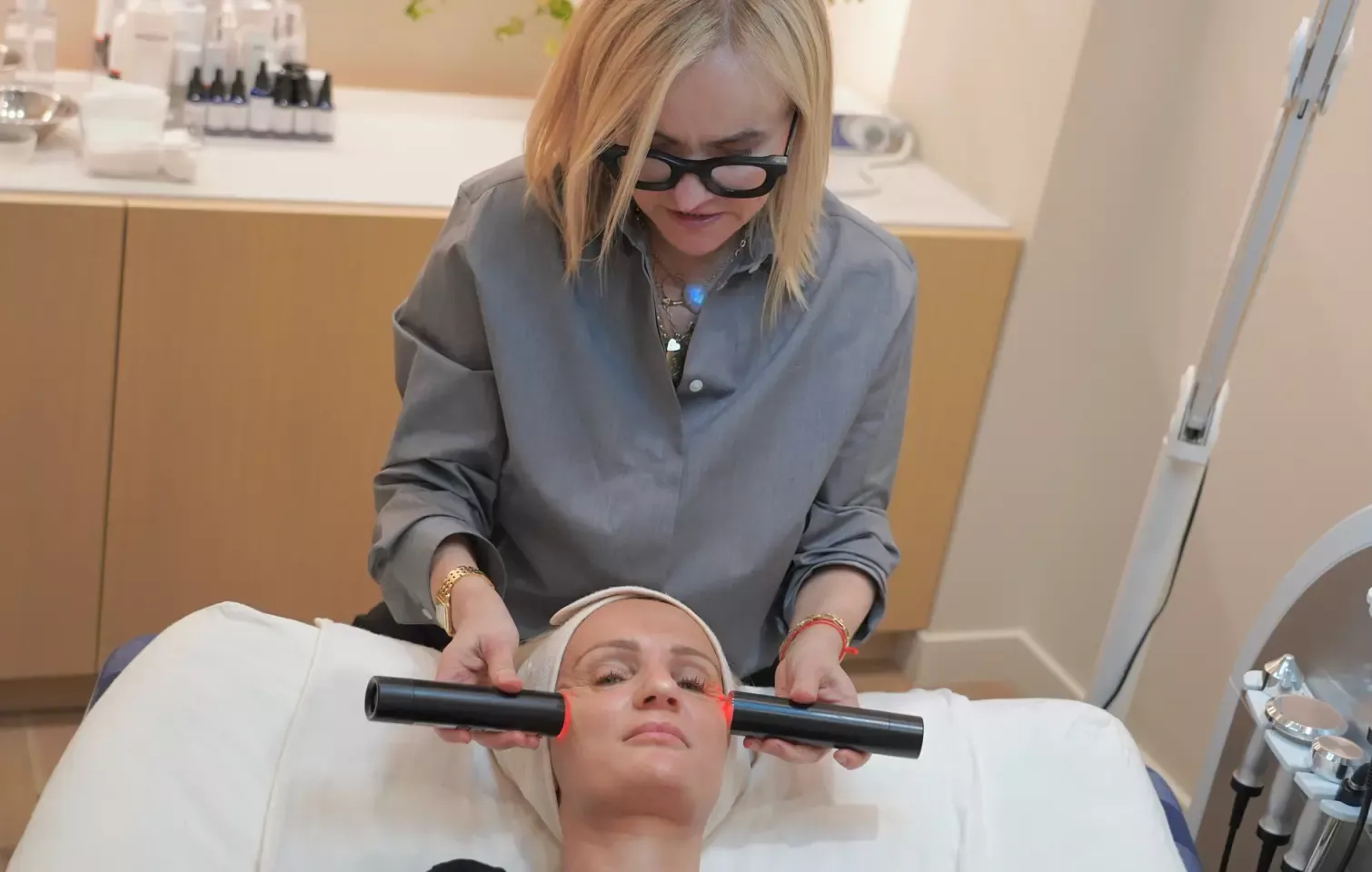4 Minute ReadEducation by Chris Stokel-Walker
19.04.22 (Updated 20.05.24)
Most people begin winding down their careers when they reach their 60s. But, for Hungarian doctor Endre Mester, his life’s most famous finding came well into his working life.
Mester worked as a surgeon throughout the Second World War in Budapest, before specialising in paediatric surgery and moving to the nearby Semmelweis Medical University in 1963, where he became a professor. There, he became infatuated with the potential of lasers in medical treatment.
In 1960, the ruby laser – which pulses light through a synthetic ruby crystal to gain its power – was invented, followed up the helium-neon laser a year later. While most people now recognise lasers as a destructive tool, used to cut items or skin, low-powered versions can be deployed as a medical treatment. It’s all thanks to Endre Mester that we know about this so-called low-level laser therapy (LLLT).
Mester thought lasers could be used to shrink tumours in mice, but during an experiment the ruby laser being used wasn’t as powerful as he thought. What he saw, as a result, is that it helped grow back hair quicker on the animals it was used on. A similar experiment he conducted with helium-neon lasers showed equally promising results, this time healing wounds on the skin.
The commercial world of LLLT was born in 1974, with the creation of the Laser Research Centre at Semmelweis Medical University, and continued long after Mester’s death a decade later. Also called photobiomodulation, it involves using low-powered laser light in order to try and improve the standing of skin, rather than damaging it.
“Photobiomodulation is in essence the non-thermal energy conversion of a very particular type of light energy into chemical energy by a cell,” says aesthetic surgeon Dr Graeme Glass, who operates at Sidra Medicine, Qatar. It involves taking Newton’s first law of thermodynamics – that when energy passes into or out of a system, the system’s internal energy changes based on what passed through it – and updating this 17th century science for today.
“Light energy can be absorbed by a substance within the mitochondria of a cell – their battery packs,” Glass says. The way that mitochondria absorb that light and convert it into energy has major effects on how a cell behaves. “It stops expressing genes that are associated with senescent decline – the natural aging process,” explains Dr Glass, and instead the mitochondria focus on synthesising genes for repair and regeneration. Because tissue is made up of cells, shining that low-level light causes skin repair and regeneration – in short, making it seem younger.

From Mester’s first experiment, things moved quickly. The originator of the technology began testing how lasers could be used to treat skin ulcers on patients in his clinic. Within 15 years of setting up his Laser Research Centre, the elder Mester had treated 1,300 patients, 95% of whom saw a positive change thanks to his treatment. He began expanding its use before his sons, Adam and Andrew, took up the technology and brought it to the rest of the world.
Over the following 20 to 30 years, cosmetic medical professionals in the US and Russia began probing the potential usage of LLLT based on using specific wavelengths of light. They came to the conclusion that LLLT could be useful for some cosmetic uses to help rejuvenate the skin, improving its firmness and helping slow down senescent decline.
The way it works is by passing a wand - containing a low-level laser beam that pulses onto the skin - over the relevant treatment areas on a patient. Differing wavelengths are used for different purposes, which are absorbed by the body tissue. Tissue closest to the surface is often treated with lasers operating at a wavelength between 600 and 700 nanometres, while deeper penetration can increase the wavelength to nearer 950 nanometres. The light closest to the red and infra-red end of the spectrum triggers the gene expression reaction within cells, promoting regeneration.
Although LLLT is sometimes used to try and reduce inflammation caused by rheumatoid arthritis or sports injuries, its most common deployment is in rejuvenating skin by dermatologists, who also use laser treatment to tackle psoriasis and other skin blemishes.
For decades, that’s solely been the preserve of cosmetic surgery professionals within clinics. There have been lasers that claim to promote skin rejuvenation and redevelopment at home, but the technology behind it has been outmoded. Many of these handheld laser devices on the market use localised heating through LED lights to induce an inflammatory response that aims to promote skin repair – which is an old-fashioned way of working with LLLT. But it’s not the more effective technology of photobiomodulation, which Glass calls “a very particular process that is still being understood, and one that is most definitely the process through which the LYMA Laser works.”